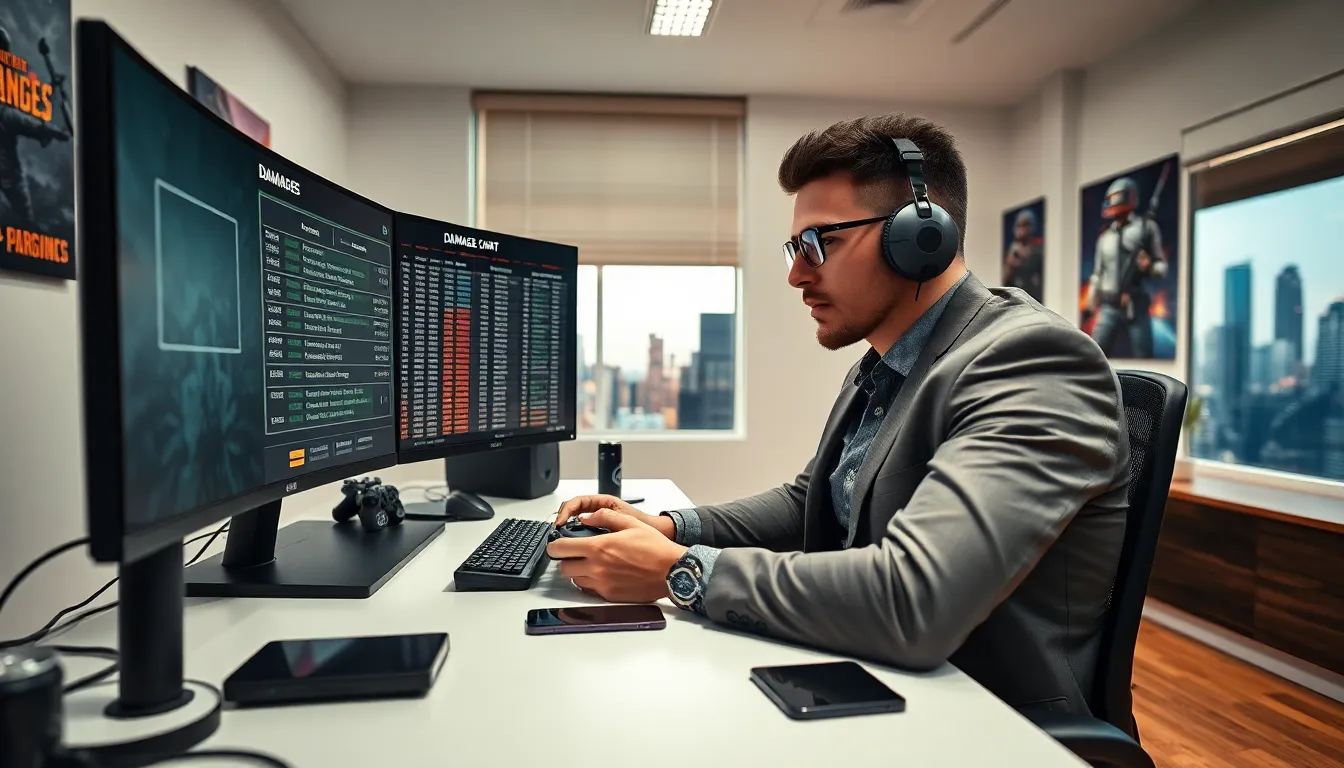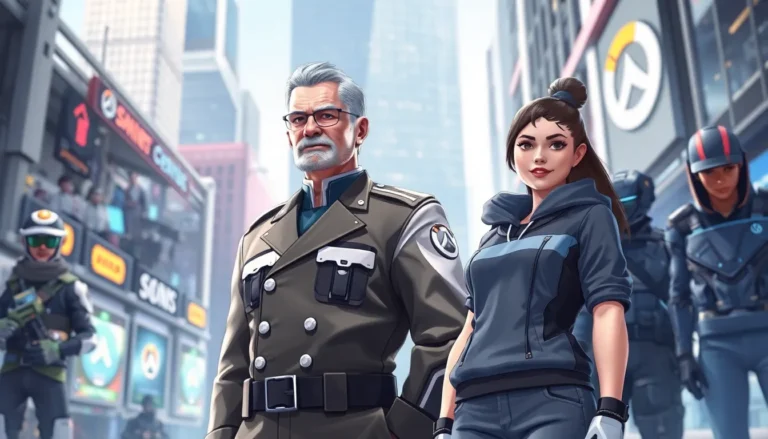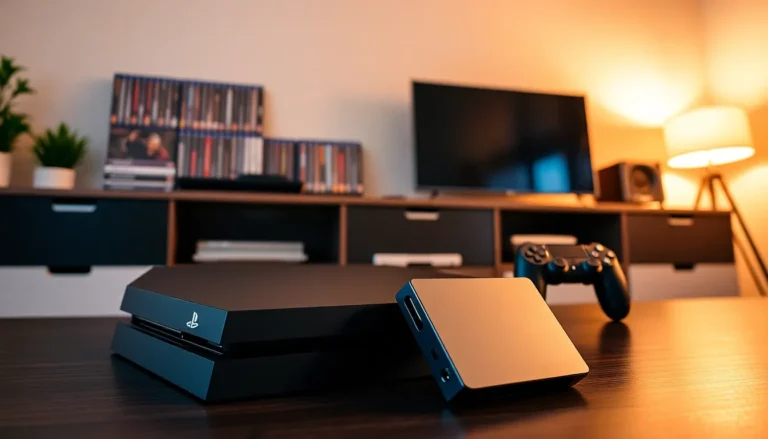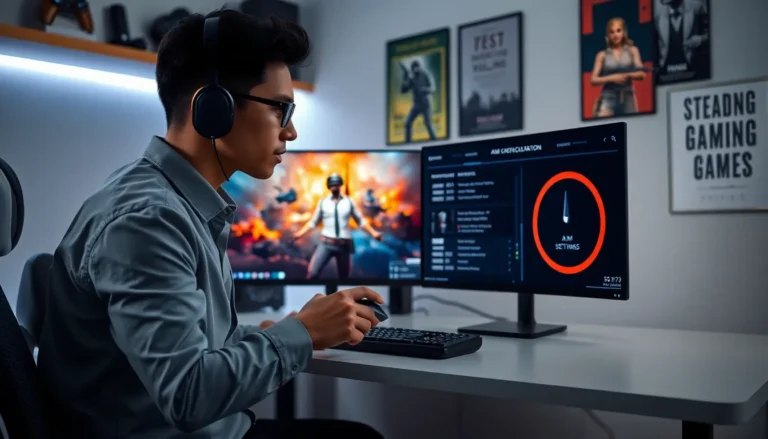Table of Contents
ToggleEver found yourself in a heated firefight in PUBG, frantically trying to decode why your bullets seem to have the stopping power of a soggy piece of toast? You’re not alone. Understanding the intricacies of damage in PUBG can feel like trying to solve a Rubik’s cube blindfolded. But fear not, fellow gamer. This guide is here to break down the complexities of the PUBG damage chart, revealing what makes those devastating hits actually land. Get ready to level up your gameplay and, most importantly, stay ahead of the competition.
Understanding Damage Types
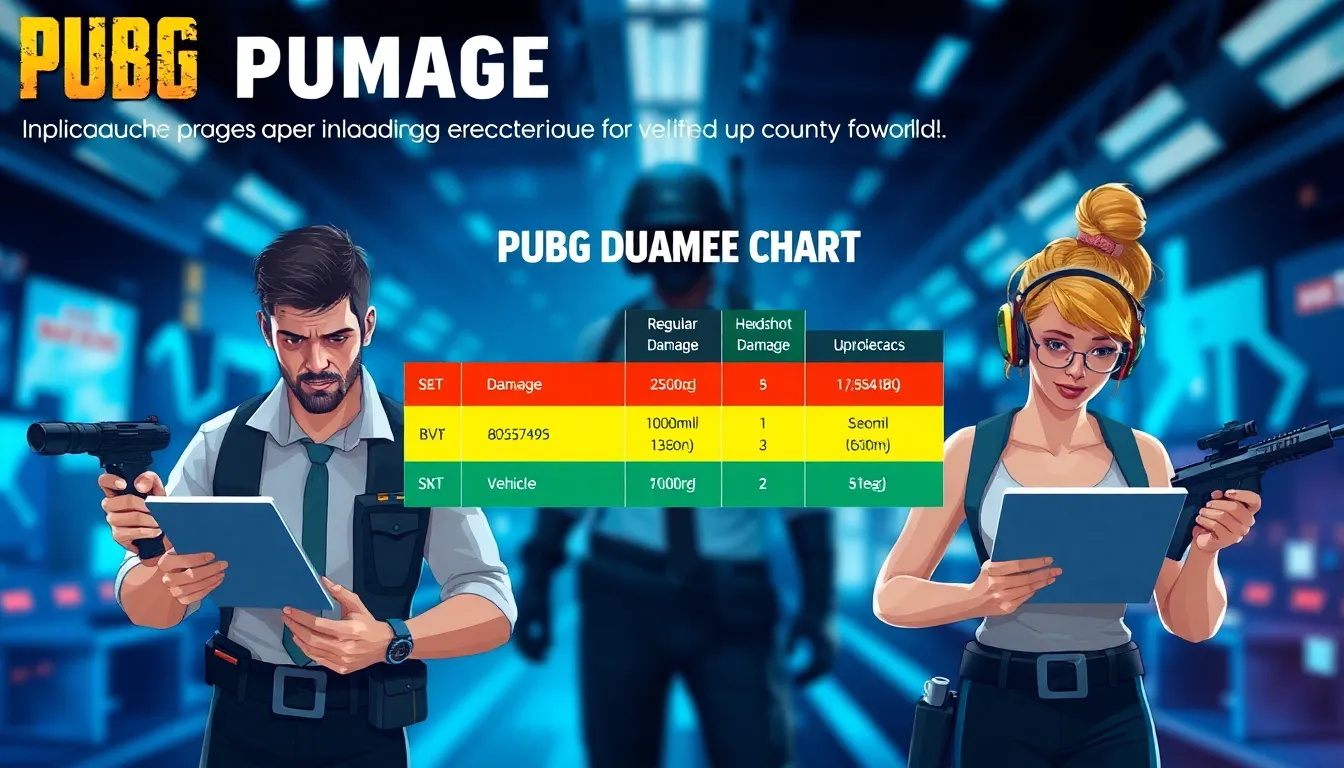
In PUBG, damage isn’t just about how much pain you can inflict: it’s about knowing the types of damage delivered in different scenarios. There are essentially three types of damage players should be familiar with: the regular damage, the headshot damage, and the vehicle damage. Each one serves its purpose and can drastically alter the outcome of a match.
Regular damage is what players deal when they shoot opponents in any part of the body that isn’t the head. This type of damage can be significantly lower compared to headshots, but it adds up, especially in short bursts. But, hit an enemy in the noggin? That’s where things get fun. Headshot damage can multiply your regular damage, sometimes dealing double or even more, depending on the weapon used.
Finally, vehicle damage is a unique beast altogether. Players can run over competitors or smash them with vehicles, resulting in significant damage. This is where strategy and timing come into play to outmaneuver opponents and secure victory.
Understanding these damage types is crucial for any player to master the battlefield.
Weapon Damage Overview
PUBG boasts a vast array of weapons, each with distinct damage profiles that can impact gameplay significantly. Understanding these nuances can be a game-changer.
- Assault Rifles: These bad boys usually deal moderate damage per shot, striking a balance between rate of fire and accuracy. Weapons like the M416 stand out with reliable damage and versatility.
- Sniper Rifles: If you’re looking to one-shot foes from a distance, snipers like the AWM take the crown. They dish out mammoth damage, especially with headshots, making them a favorite among sharpshooters.
- Shotguns: Not just for close encounters, shotguns churn out high damage when used effectively. Weapons like the S1897 make short work of anyone in close range.
- DMRs: Designated Marksman Rifles (like the SKS) combine aspects of assault rifles and sniper rifles to provide players with decent versatility while retaining high damage.
So, whether you prefer blitzing through enemies with an M4 or nailing foes from afar with a Kar98k, knowing your weapon is half the battle.
Body Parts and Damage Modifiers
In PUBG, where one bullet can mean the difference between victory and defeat, understanding body parts and damage modifiers is paramount. The damage doesn’t just hinge on the weapon being used: the location of the hit is critical as well.
- Head: Landing a shot here can yield huge rewards. A headshot can often deal significantly more damage (sometimes 2x or 3x.) compared to a hit to the torso. For those looking to deal quick damage, aiming for the head is the strategy they seek.
- Torso: This area typically receives regular damage, becoming a safer target for less skilled players. While headshots are the gold standard, shooting for the torso ensures a consistent flow of damage.
- Limbs: Hitting an opponent’s limbs deals reduced damage. Although trying to pepper an enemy’s arms or legs isn’t the best strategy, it can still lead to a victory by targeting opponents who are repeatedly hiding behind cover.
Knowing which areas yield the best results can help players quickly adapt strategies mid-fight, making them smarter survivors.
Comparison of Weapons by Damage
Weapons in PUBG vary greatly in terms of damage output. To help players gauge their choices accurately, let’s take a closer look at how some popular weapons stack up against each other:
- AKM: Deals 47 base damage, known as a powerhouse in close to mid-range combat.
- M416: Comes in at 43 base damage, but compensates with an incredibly stable fire rate and versatility.
- Kar98k: With a whopping 75 base damage, this sniper can drop foes in a single shot under ideal conditions.
- Win94: Surprisingly decent for its region, with a 66 base damage, it’s a favorite among players who embrace the challenge of a late-game scope.
- UMP45: Deals 35 base damage and is a solid choice for submachine gun aficionados, especially in tight spaces.
This overview highlights why knowing each weapon’s damage makes all the difference. A calculated weapon choice can turn the tide of a battle in anyone’s favor.
Strategies for Maximizing Damage
So, what’s the best way to maximize damage? Employing the right strategies can mean the difference between a glorious chicken dinner and a disappointing early exit. Here are some tactics to consider:
- Aim for the Head: Players should practice their aim to score those all-important headshots. Tweak sensitivity settings to find what works, and don’t neglect to use the training ground.
- Use High-Damage Weapons: When the circle is closing in, reach for those weapons boasting higher damage per shot. Make it your priority to grab a sniper rifle or a shotgun in close encounters for maximum efficiency.
- Know Your Range: Different weapons excel at varying distances. Use ARs for mid-range and switch to snipers when the landscape allows for long shots.
- Use Frag grenades and Molotovs: Damage isn’t limited to bullets alone. Throwing a well-placed grenade during a skirmish can disorient opponents, securing an advantage in both damage and positioning.
Implementing these strategies can transform an average player into a formidable opponent.
Common Myths About Damage in PUBG
With countless players diving into PUBG every day, misinformation about damage mechanics runs rampant. Let’s debunk some of these common myths:
- Myth 1: All Weapons do the Same Damage: False. Each weapon has its own unique characteristics and damage potential. Understanding this is essential.
- Myth 2: Body Armor is Useless: Many underestimate armor, thinking it doesn’t provide enough protection. In reality, armor can absorb a significant amount of damage, which could mean life or death.
- Myth 3: All Damage Types Are Equal: Nope. Headshots yield far more damage than body shots. New players often forget this crucial detail at their peril.
Clearing the air about these myths can help new players build a strong foundation in their understanding of the game’s mechanics.

